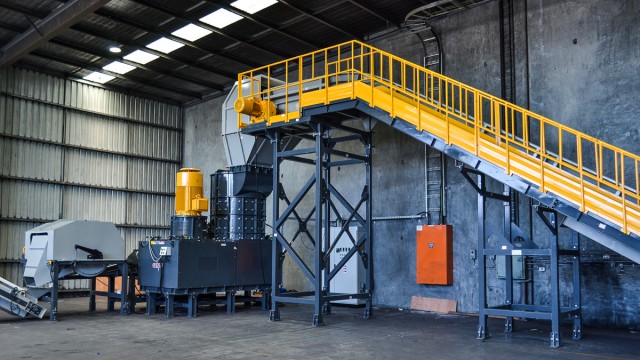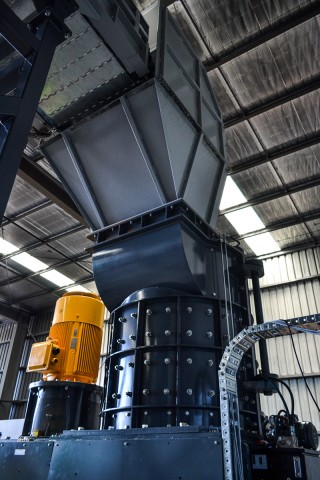
The population in Australia has been steadily increasing over the past few years, with international inbound migration comprising a majority of this growth. Population growth has a direct impact on infrastructural development, which in turn results in increased accumulation of construction waste. Construction and demolition (C&D) waste accounts for approximately 40% i.e. 19 million tonnes of Australia’s total waste generation every year. It isn’t surprising then that the construction and demolition waste management industry is an upcoming one in the country, with immense scope for employment and businesses too. Presently, there are over 500 active businesses in the C&D waste management industry in the country, making it a strong supplier of jobs and resources to the economy.

As the name suggests, construction and demolition waste is what gets generated from demolition activities at construction sites – either residential or commercial. Such waste typically comprises timber, concrete, wood, metals, plastics, cardboard and mixed site debris such as soil and rocks. Since C&D waste incurs heavy landfill levy costs, recycling it is a more cost-effective approach. As a result, most C&D waste in Australia gets recycled. In most Australian states, recovery rates are approximately at 75%, and steadily increasing, making this an industry with immense potential. Additionally, as landfill costs rise, the commercial advantage to recycle C&D waste will be higher, positively impacting recovery rates.

The C&D recycling process comprises two key stages: sorting and shredding.
In the sorting or separating stage, the accumulated C&D waste is sifted through and materials such as debris and timber are separated. Magnetic extraction is used to separate steel chunks from other waste, so they can be reused. Once separated, the waste materials go through a shredder, before being sent off for reuse. The main value in C&D waste recycling is derived in the sorting stage, with the separated metal, timber and plastics being sent off to be recycled and repurposed.
 Despite this potential in the industry, challenges persist. Although C&D waste recycling is generally considered more economically viable than other waste forms, it continues to be an area that requires significant investment from companies. Lack of organisation in the recycled materials market can complicate the process further, and making it seem like more trouble than it is worth. The current trend in C&D waste recycling in Australia reveals that economic viability continues to be the key deciding factor between waste being disposed at landfills or being recycled, with states imposing a higher landfill disposal levy also showing higher recovery rates. Subsequently, regions with higher resource recovery rates also have strong market demand for recycled C&D materials, with well-defined specifications supporting the use of recycled products.
Despite this potential in the industry, challenges persist. Although C&D waste recycling is generally considered more economically viable than other waste forms, it continues to be an area that requires significant investment from companies. Lack of organisation in the recycled materials market can complicate the process further, and making it seem like more trouble than it is worth. The current trend in C&D waste recycling in Australia reveals that economic viability continues to be the key deciding factor between waste being disposed at landfills or being recycled, with states imposing a higher landfill disposal levy also showing higher recovery rates. Subsequently, regions with higher resource recovery rates also have strong market demand for recycled C&D materials, with well-defined specifications supporting the use of recycled products.
At Applied Machinery, we supply a range of Genox equipment that can be used for sorting and size reduction. Customers can ensure they get the maximum value out of their waste by cleaning it out first. Our expertise enables us to offer a quick assembly of waste recycling lines that are made to order and suitable for your business needs.





